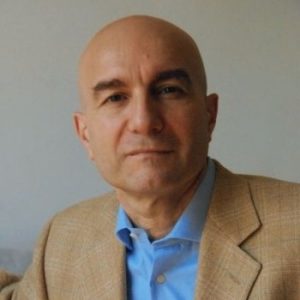Massimo Vergassola holds a joint position as Professor at the Ecole Normale Supérieure in Paris and CNRS Directeur de Recherche. He is the Director of the ENS-PSL QBio initiative on Quantitative Biology, which is selected to be part of the PariSanté Val-de-Grâce Campus. After his education in Italy and France and his postdoc at Princeton University, Vergassola received a tenured research position at the French CNRS for work on the statistical physics of fluids. His CNRS position was held with joint appointments at the Ecole Polytechnique, and at the Pasteur Institute as the head of the Physics of Biological Systems group. In 2013-19, Vergassola was a Professor at the University of California San Diego and a founding member of the Qbio initiative at the UCSD campus. Vergassola was visiting scientist at Rockefeller University, KITP, IAS, LANL, and IHES, he was a plenary speaker at Statphys25, and he served on the board/leadership of a variety of professional journals and associations. He was Chair of the Biological Physics Division of the American Physical Society. Vergassola’s awards include the Grand Prix EADS from the French Academy of Sciences, the Fellowship and the Outstanding Referee awards from the American Physical Society, the CNRS Bronze Medal, the Biomedical prize Thérèse Lebrasseur from the Fondation de France, the Accademia dei Lincei student award, and grant awards from the Simons Foundation and the Fondation Recherche Médicale.


